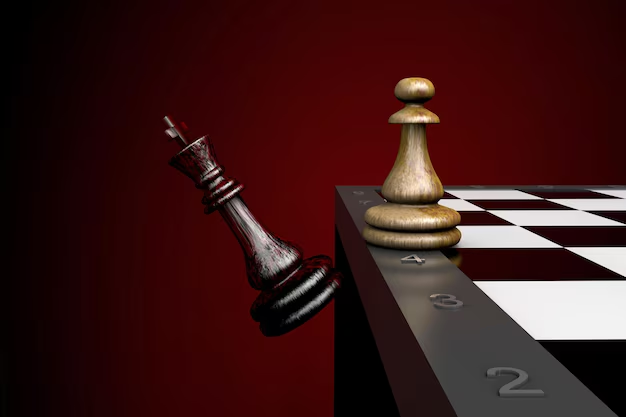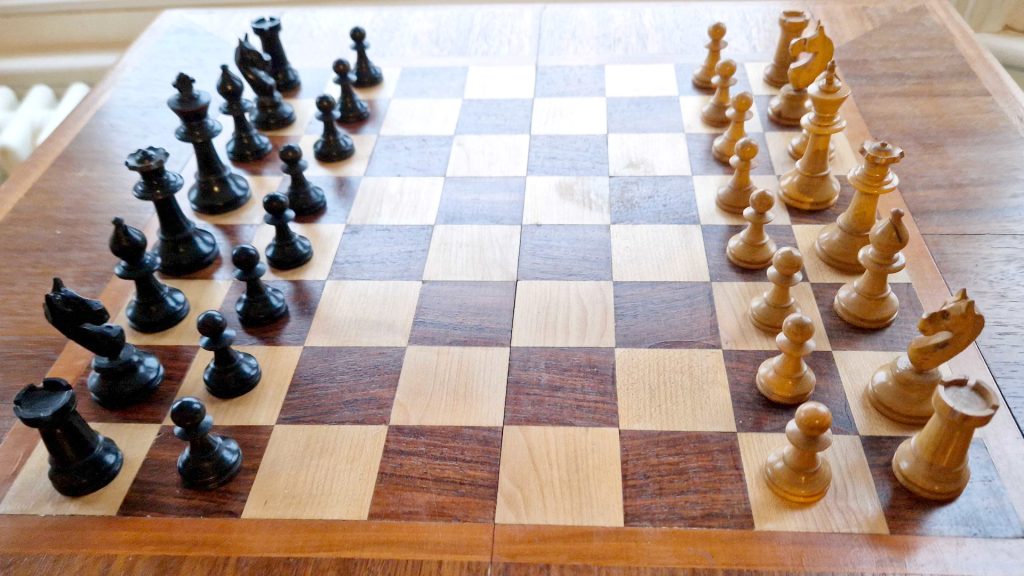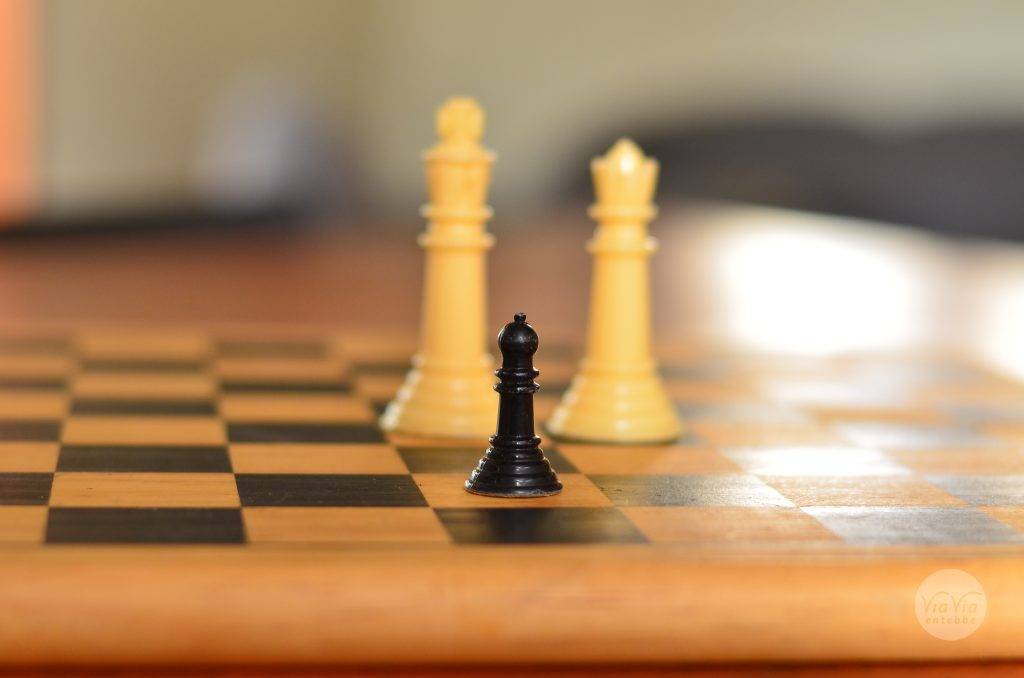Mastering Chess Position Evaluation: A Practical 5-Step Guide
Aug 26th, 2025
Evaluating a position accurately is a key skill for chess players seeking to improve their game. While beginners may rely on simple tactics or material count, understanding the broader dynamics of a position is crucial as one progresses. Drawing insights from experienced Grandmasters and multiple professional sources, this guide simplifies the process of evaluation into five core steps. Each step offers a practical lens to assess the board and make better decisions during a game.

Why Evaluate Positions in Chess?

In any given position, players typically have several viable moves. Without a clear evaluation, it’s difficult to decide which move aligns best with the position’s requirements. Evaluation acts as a strategic compass, guiding players towards choices that improve their position or maintain their advantage. Rather than relying on engine numbers like +0.4, players benefit more from human-centric assessments such as ‘better’, ‘worse’, or ‘unclear but with chances’.
The 5-Step Method for Evaluating Chess Positions
1. King Safety

The safety of the King is paramount. Even with superior material or positioning, an unsafe King can end the game abruptly. Evaluating King safety includes checking if the King is castled, whether there are open files nearby, pawn shields, and how many defensive and attacking pieces are active around the King. A general rule is: if your King is safer, avoid trading pieces. If not, aim to simplify.
2. Material Balance

Only after ensuring King safety should material be evaluated. Count each side’s total material, but understand that a simple material advantage doesn’t guarantee a better position. Always weigh material against the activity and coordination of pieces.
3. Piece Activity

Material is potential; activity is what the pieces are actually achieving. A rook trapped on its first rank is less valuable than an active Knight deep in enemy territory. Always check which side has better control of central squares, more active pieces, and tactical opportunities.
4. Pawn Structure and Long-Term Factors

Pawn structure influences the game’s long-term strategy. Weaknesses like isolated, doubled, or backward pawns often become targets in the endgame. A healthy structure allows fluid piece movement and supports long-term planning. When short-term advantages are equal, structure becomes decisive.
5. Space Advantage

The side with more space typically enjoys greater mobility and coordination. With more pieces on the board, limited space restricts development and planning. The general principle here is: the side with less space should exchange pieces; the side with more space should keep them.
How This Affects Decision Making
When evaluating a position, determine whether the advantages lie in short-term factors (King safety, material, activity) or long-term factors (structure, space). If leading in short-term factors, act decisively and seek immediate benefits. If ahead in long-term elements, avoid complications and look to slowly convert your advantage.
Conclusion
Evaluating a chess position effectively is not about memorizing formulas—it’s about training your chess intuition and applying it consistently. By following this 5-step method, players at any level can begin to see the game with more clarity. Over time, this process becomes second nature, helping you make sound decisions, avoid blunders, and develop a deeper understanding of chess strategy.
♟️ Ready to Level Up Your Game?
𝐉𝐨𝐢𝐧 𝐌𝐚𝐝𝐫𝐚𝐬 𝐒𝐜𝐡𝐨𝐨𝐥 𝐨𝐟 𝐂𝐡𝐞𝐬𝐬 𝐭𝐨 𝐝𝐞𝐟𝐞𝐚𝐭 𝐲𝐨𝐮𝐫 𝐨𝐩𝐩𝐨𝐧𝐞𝐧𝐭 𝐰𝐢𝐭𝐡 𝐛𝐫𝐢𝐥𝐥𝐢𝐚𝐧𝐜𝐞 𝐚𝐧𝐝 𝐩𝐫𝐞𝐜𝐢𝐬𝐢𝐨𝐧!
📍 Locations: T.Nagar | Anna Nagar | Mandaveli | Online
📞 Call: +91 98404 03376
🌐 Visit: www.madrasschoolofchess.com
📲 Follow us: @madrasschoolofchess
© The Madras School of Chess
Created by Webdzo